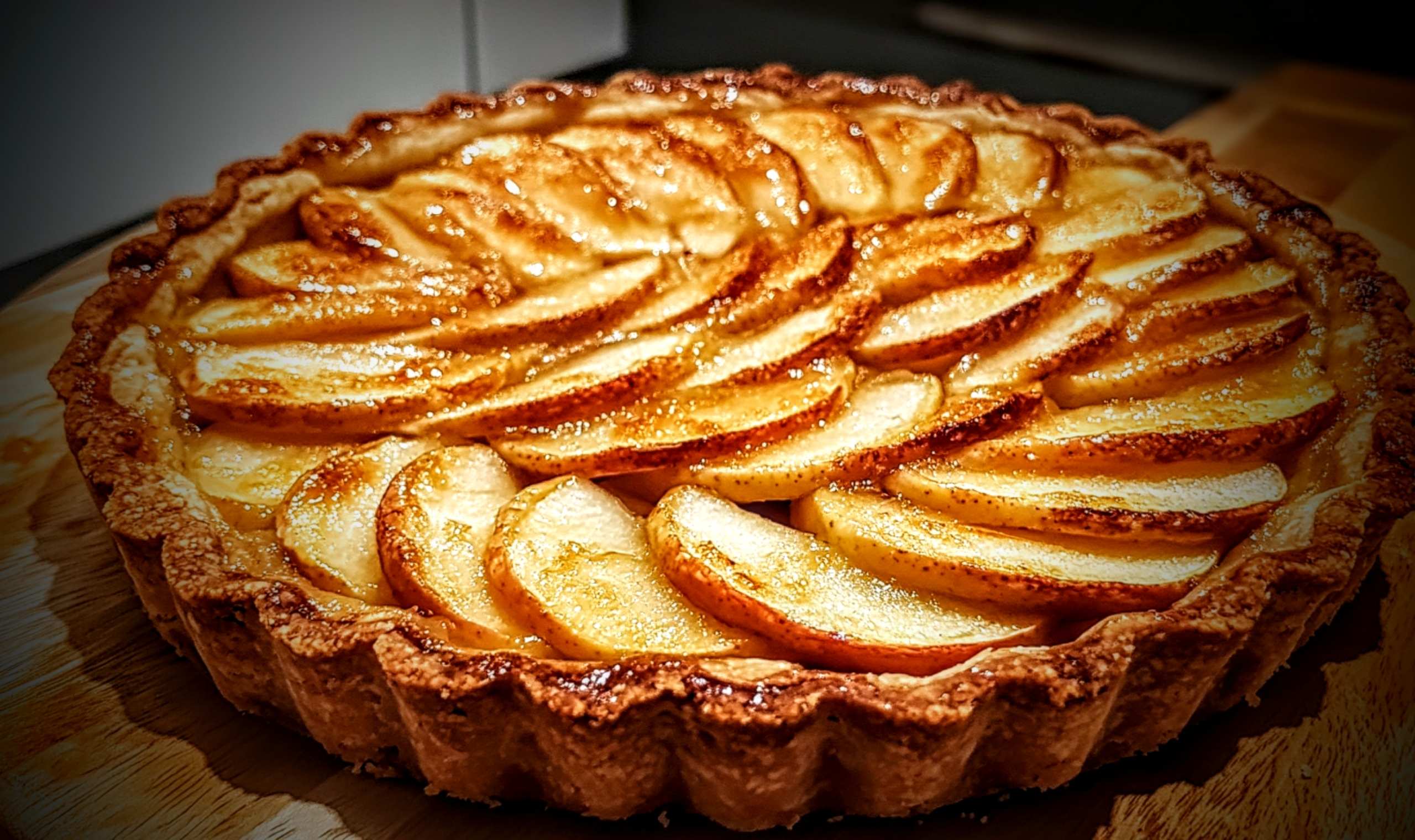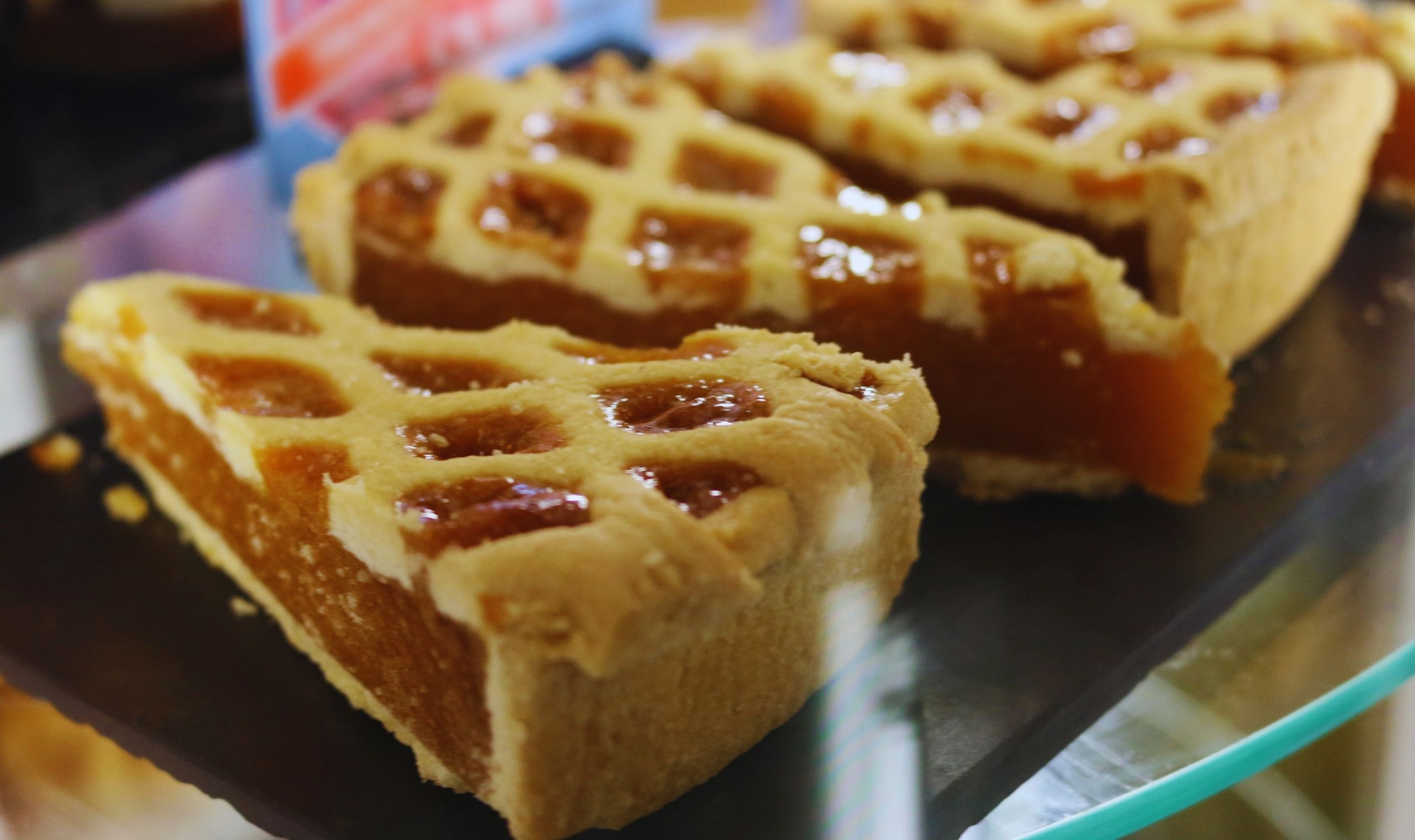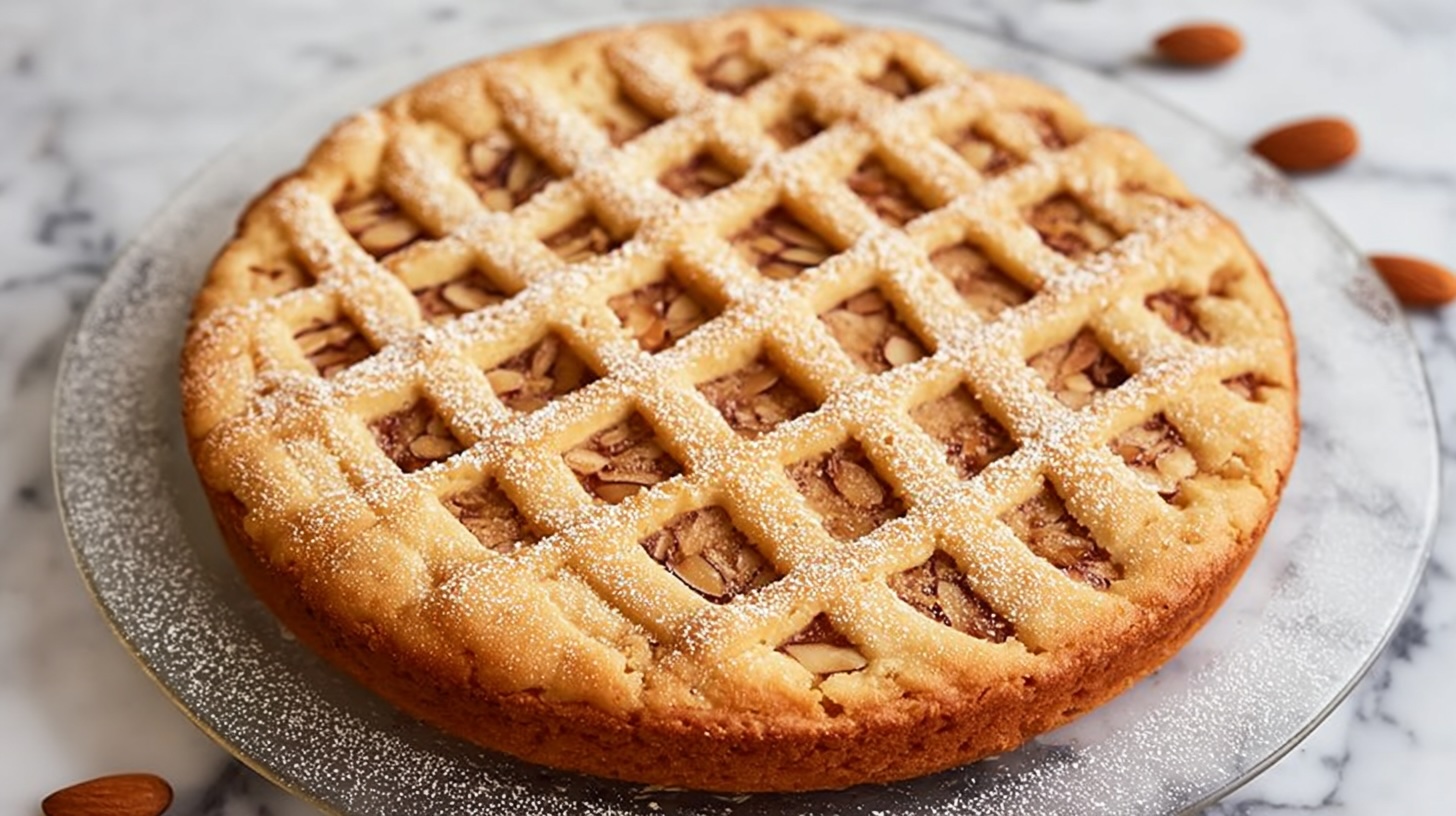Bramley Apple Tart: The Tangy Classic That Never Fails
Few desserts capture the essence of British baking quite like a Bramley apple tart. With its golden pastry, tender apples, and perfect balance of sweet and tangy, it’s the kind of dessert that feels both nostalgic and timeless. Whether served warm with custard or cold with a dollop of cream, this tart has earned its place as a family favourite.
The Apple with a History
The Bramley apple is no ordinary fruit. Its story begins in 1809 when a young girl named Mary Ann Brailsford planted the seed that would grow into the original Bramley apple tree. This tree, in a garden in Nottinghamshire, produced apples with an extraordinary tartness that made them ideal for cooking. A local butcher, Matthew Bramley, later bought the garden, and when the apples were sold commercially, his name stuck.
Bramley apples are prized for their sharp flavour and ability to hold their shape when cooked. They’re the secret weapon behind some of Britain’s most beloved desserts, from crumbles to pies, and of course, the iconic tart.
Regional Twists on the Bramley Apple Tart
The classic Bramley apple tart is a straightforward affair, but regional variations add their own flair. In the West Country, you might find the tart infused with a splash of cider or apple brandy for added depth. In the North, where a love for robust flavours reigns, a sprinkle of sharp cheddar cheese on the crust before baking is not unheard of—trust us, it’s better than it sounds.
Some recipes layer the apples with blackberries or raspberries, adding a burst of colour and flavour. Others include a touch of cinnamon or nutmeg, giving the tart a warm, spiced aroma that’s perfect for chilly evenings. Whatever the variation, the Bramley apple remains the star of the show.
Drinks That Play Nicely with Bramley Apple Tart
A good Bramley apple tart deserves an equally good drink. A glass of chilled dessert wine, such as a Sauternes or a late-harvest Riesling, pairs beautifully with the tart’s sweetness and acidity. If wine isn’t your thing, a crisp cider or a lightly hopped pale ale makes an excellent alternative.
For non-alcoholic options, a steaming cup of spiced apple tea or a refreshing elderflower cordial complements the tart’s fruity flavours. And if you’re serving the tart warm, a generous pour of vanilla custard and a mug of Earl Grey tea are as comforting as it gets.
Perfect Plate Companions
While the Bramley apple tart is delightful on its own, a few thoughtful accompaniments can elevate it further. A scoop of vanilla ice cream or a dollop of clotted cream adds a luscious richness, while a drizzle of salted caramel sauce takes indulgence to new heights.
For something different, try pairing the tart with a side of sharp cheddar cheese. The tangy apple and savoury cheese create a surprisingly harmonious combination that’s deeply satisfying. And if you’re planning a dessert platter, consider serving the tart alongside miniature treacle tarts or lemon possets for a touch of variety.
The Bramley Advantage: Tangy and Reliable
What sets the Bramley apple apart from other varieties is its sharp flavour and high acidity. When cooked, these apples break down beautifully, creating a soft, fluffy texture that’s ideal for tarts. Their tartness also means you can control the sweetness, striking the perfect balance that keeps the dessert from feeling cloying.
Bramleys are larger than most apples, making them easier to peel and core. Their pale green skin and crisp white flesh are unmistakable, and their versatility means they’re just as suited to savoury dishes as they are to sweet ones.
The Secrets to Perfect Pastry
A Bramley apple tart is only as good as its pastry. The ideal crust should be buttery, flaky, and just sturdy enough to hold the juicy apple filling. Shortcrust pastry is the traditional choice, but a puff pastry base can add a delightful crispness.
For added flavour, mix a pinch of cinnamon or ground almonds into the pastry dough. And don’t forget to chill the dough before rolling it out—it’s the key to achieving that perfect flaky texture. Blind baking the crust before adding the filling helps prevent the dreaded soggy bottom.
A Recipe for Bramley Apple Tart Bliss
Ingredients:
For the pastry:
- 250g plain flour
- 125g unsalted butter, chilled and cubed
- 2 tbsp caster sugar
- 2-3 tbsp cold water
For the filling:
- 4 large Bramley apples, peeled, cored, and sliced
- 100g sugar (adjust to taste)
- 1 tsp cinnamon (optional)
- 1 tbsp lemon juice
- 1 tbsp plain flour
- 1 tbsp butter, diced
For glaze:
- 1 egg, beaten
- 1 tbsp sugar for sprinkling
Method:
To make the pastry, rub the butter into the flour and sugar until the mixture resembles breadcrumbs. Add cold water gradually, mixing until the dough comes together. Wrap the dough in cling film and chill for 30 minutes.
Preheat your oven to 200°C (180°C fan). Roll out the pastry on a floured surface and use it to line a tart tin. Prick the base with a fork, line with baking paper, and fill with baking beans. Blind bake for 10 minutes, then remove the beans and bake for another 5 minutes.
Toss the sliced apples with sugar, cinnamon, lemon juice, and flour. Arrange the apple mixture in the tart shell, dot with butter, and brush the edges of the pastry with beaten egg. Sprinkle sugar over the top for a golden finish.
Bake for 25-30 minutes, or until the apples are tender and the pastry is golden brown. Serve warm or cold, with your choice of accompaniments, and enjoy the timeless pleasure of a Bramley apple tart.



